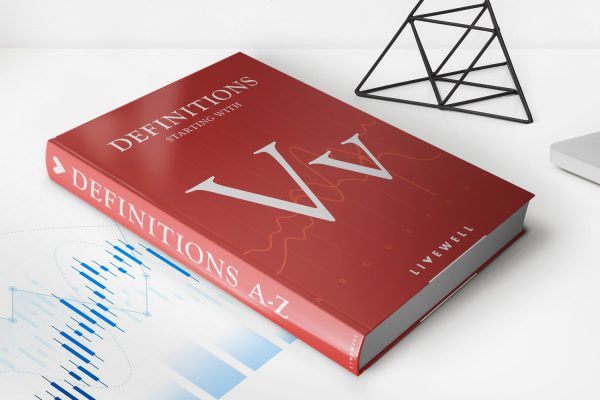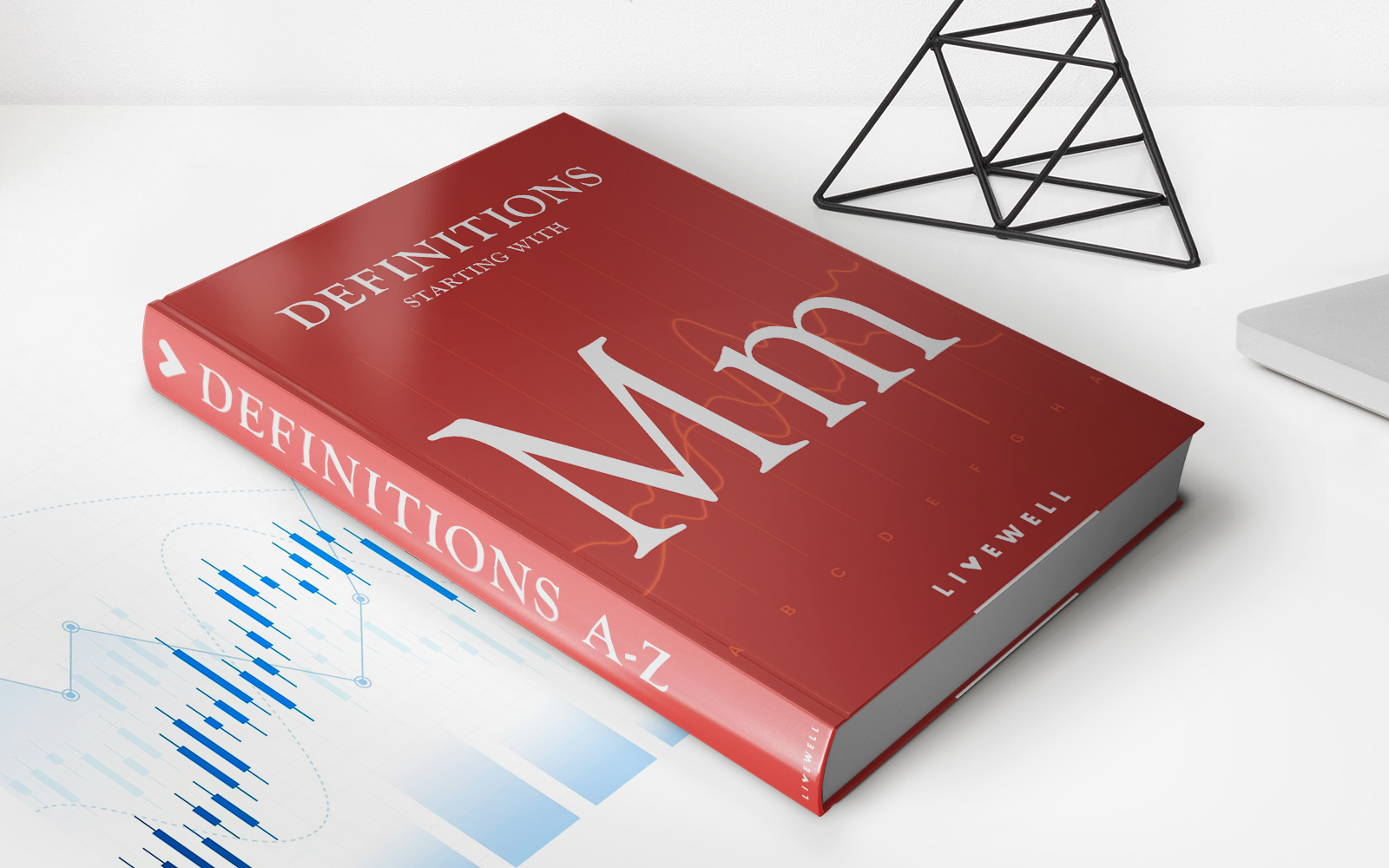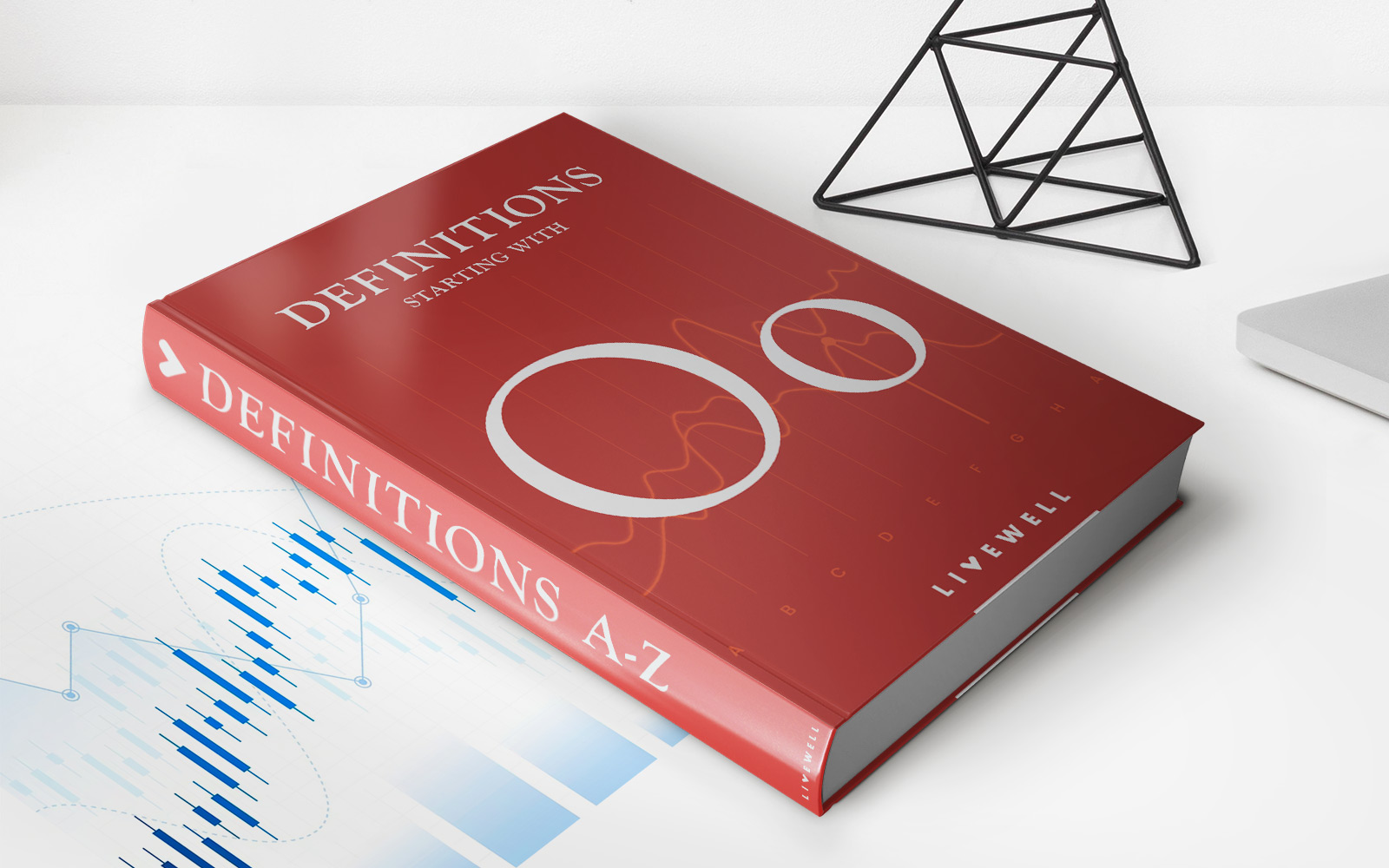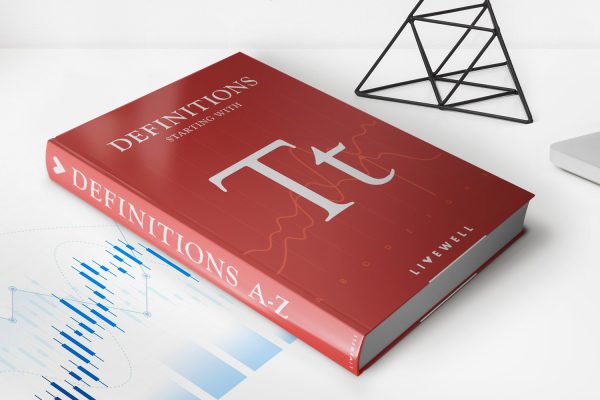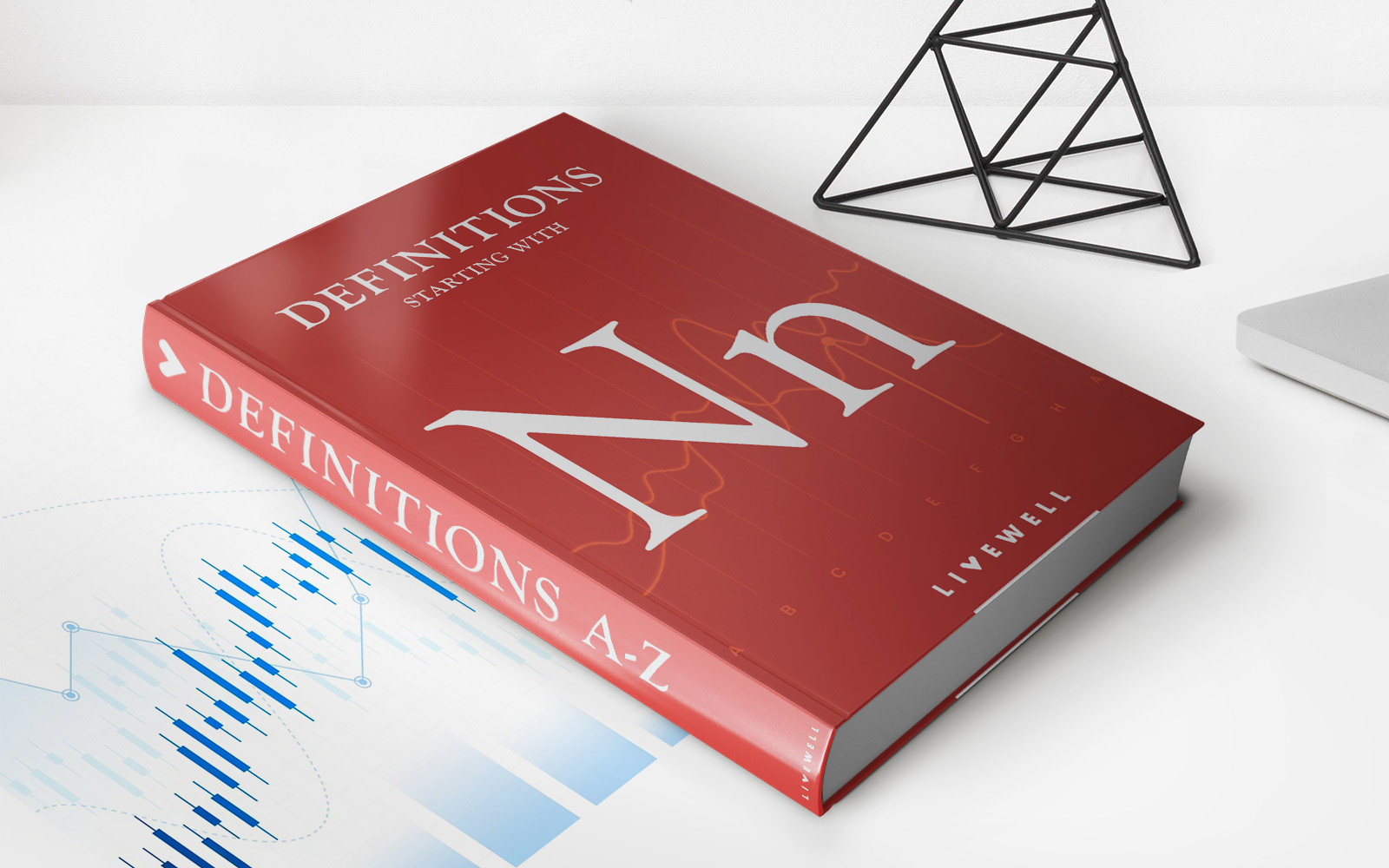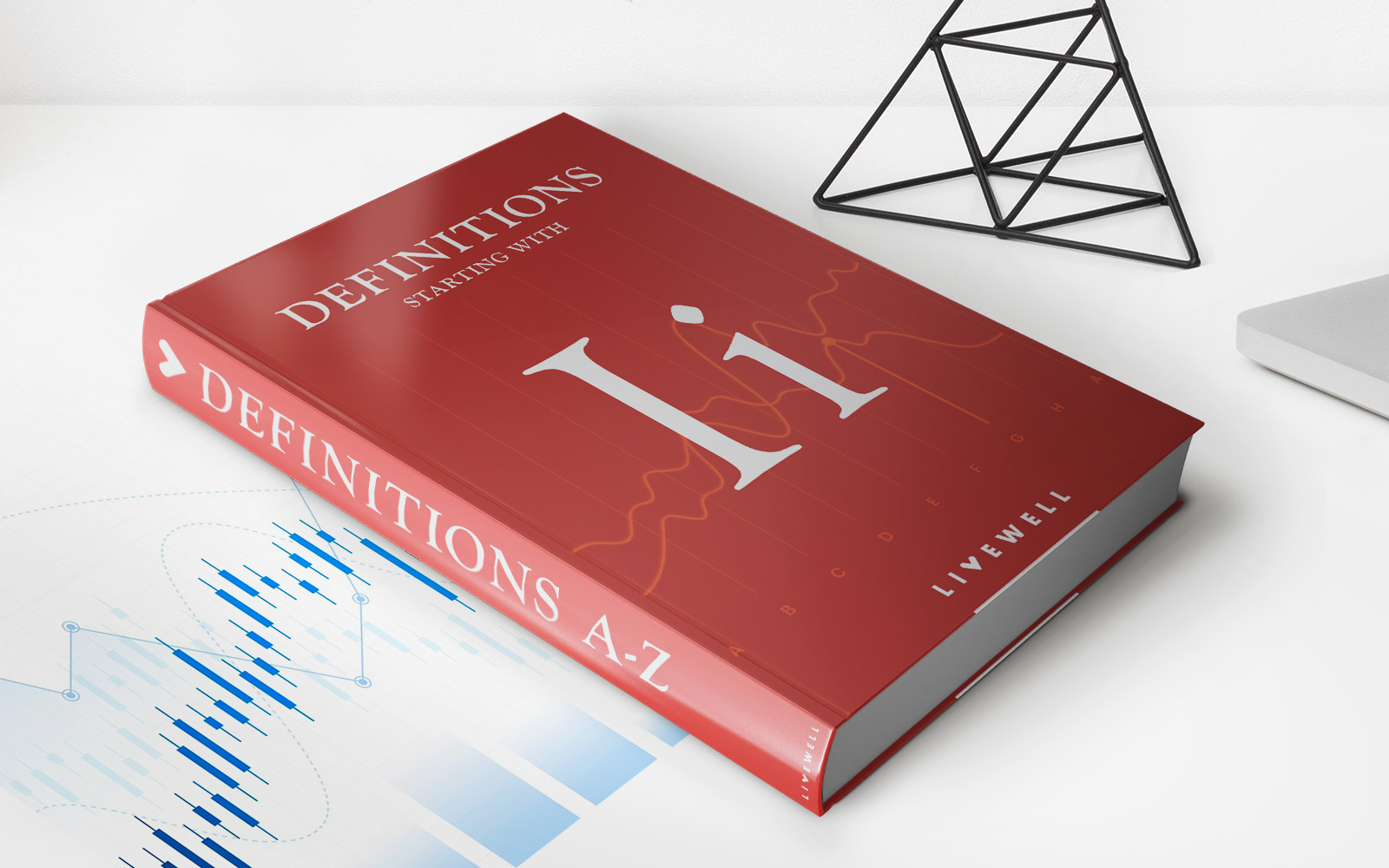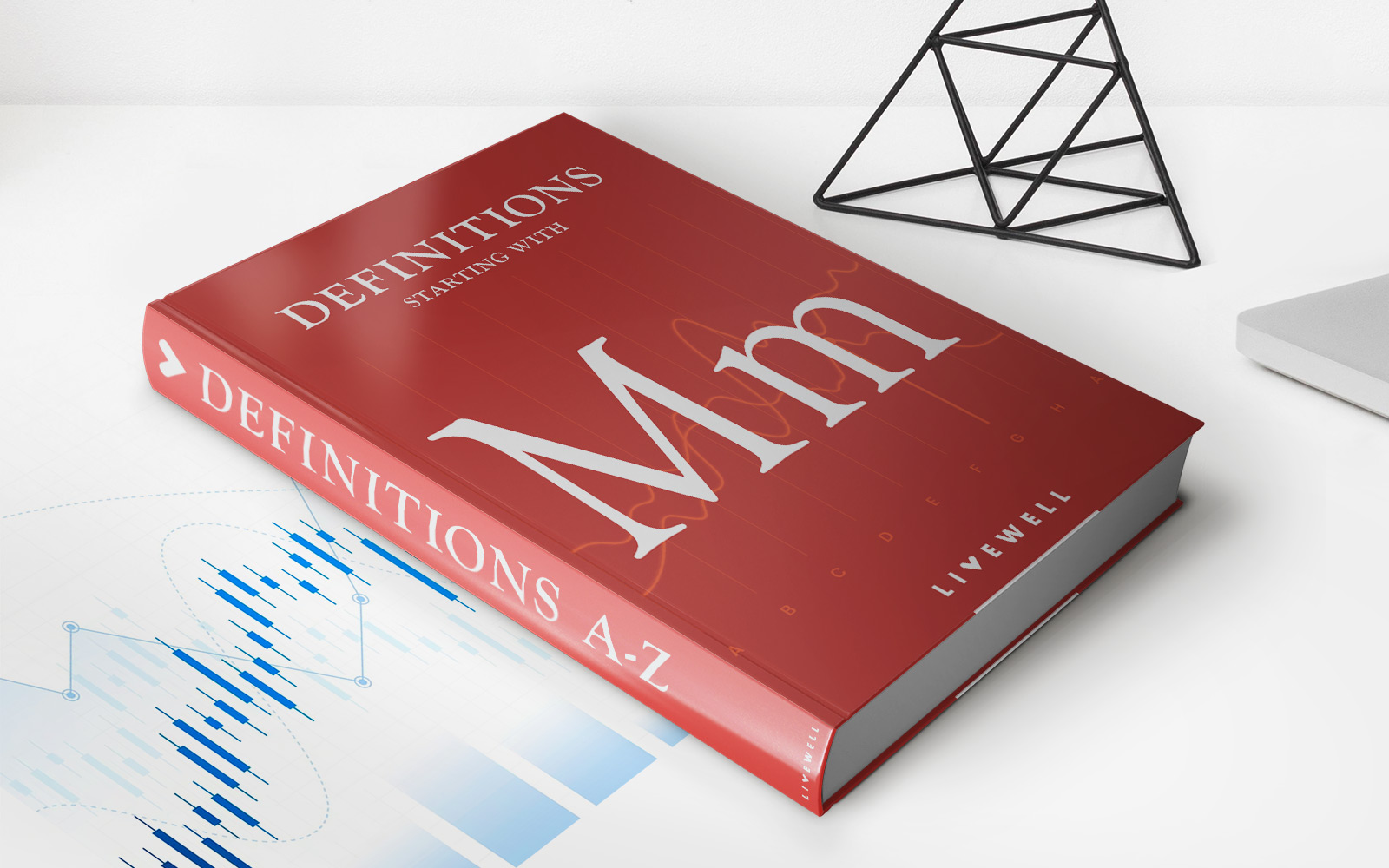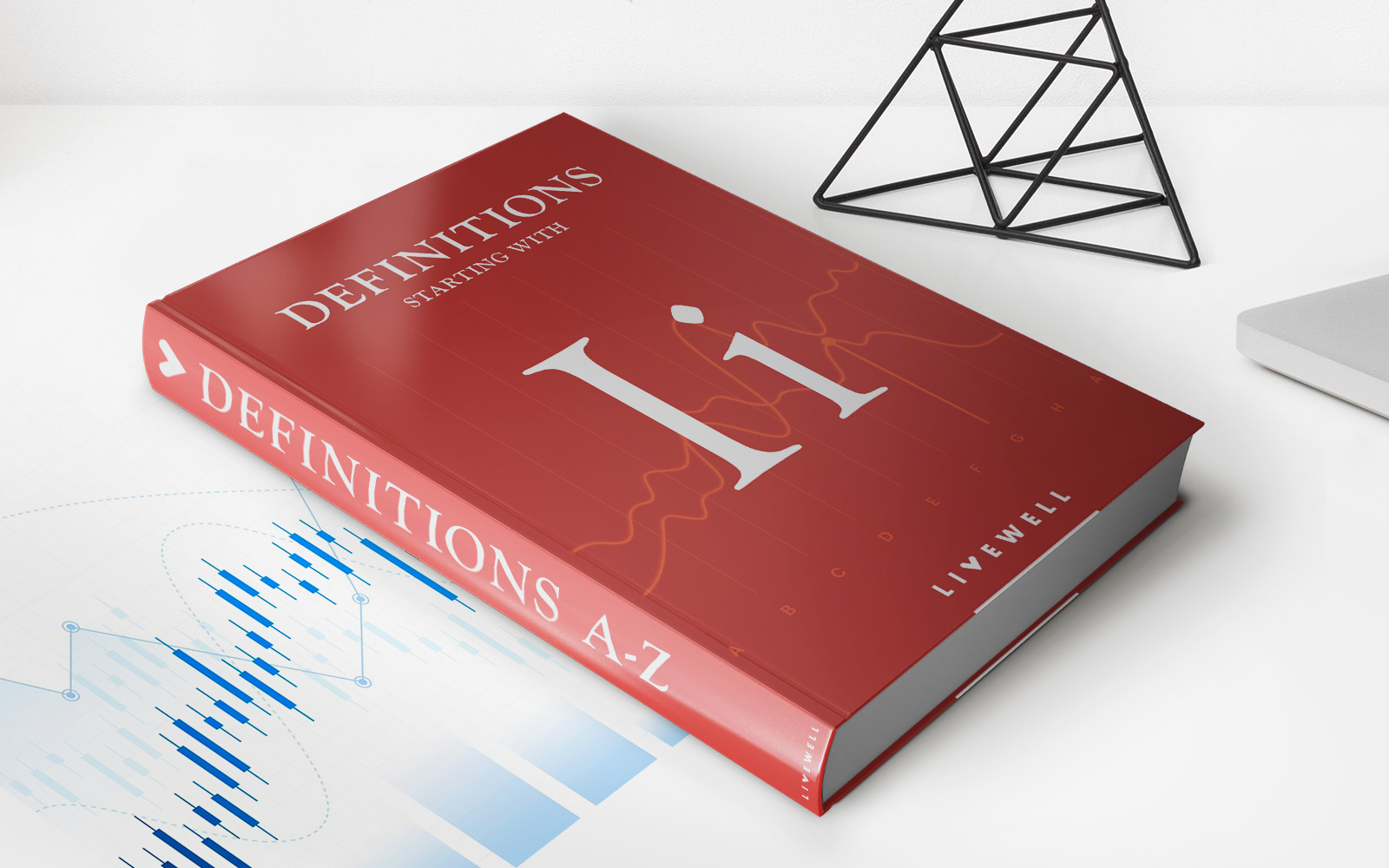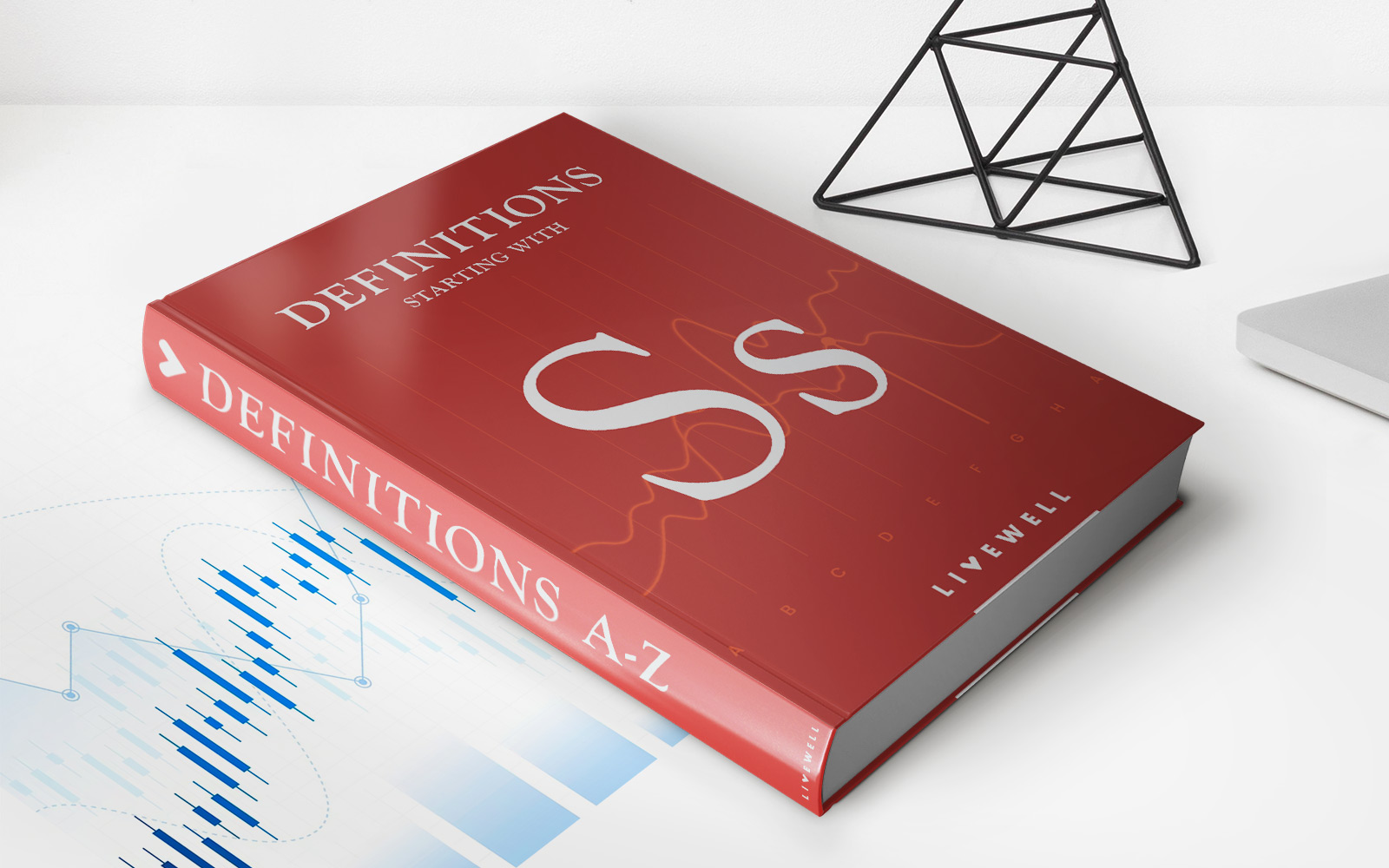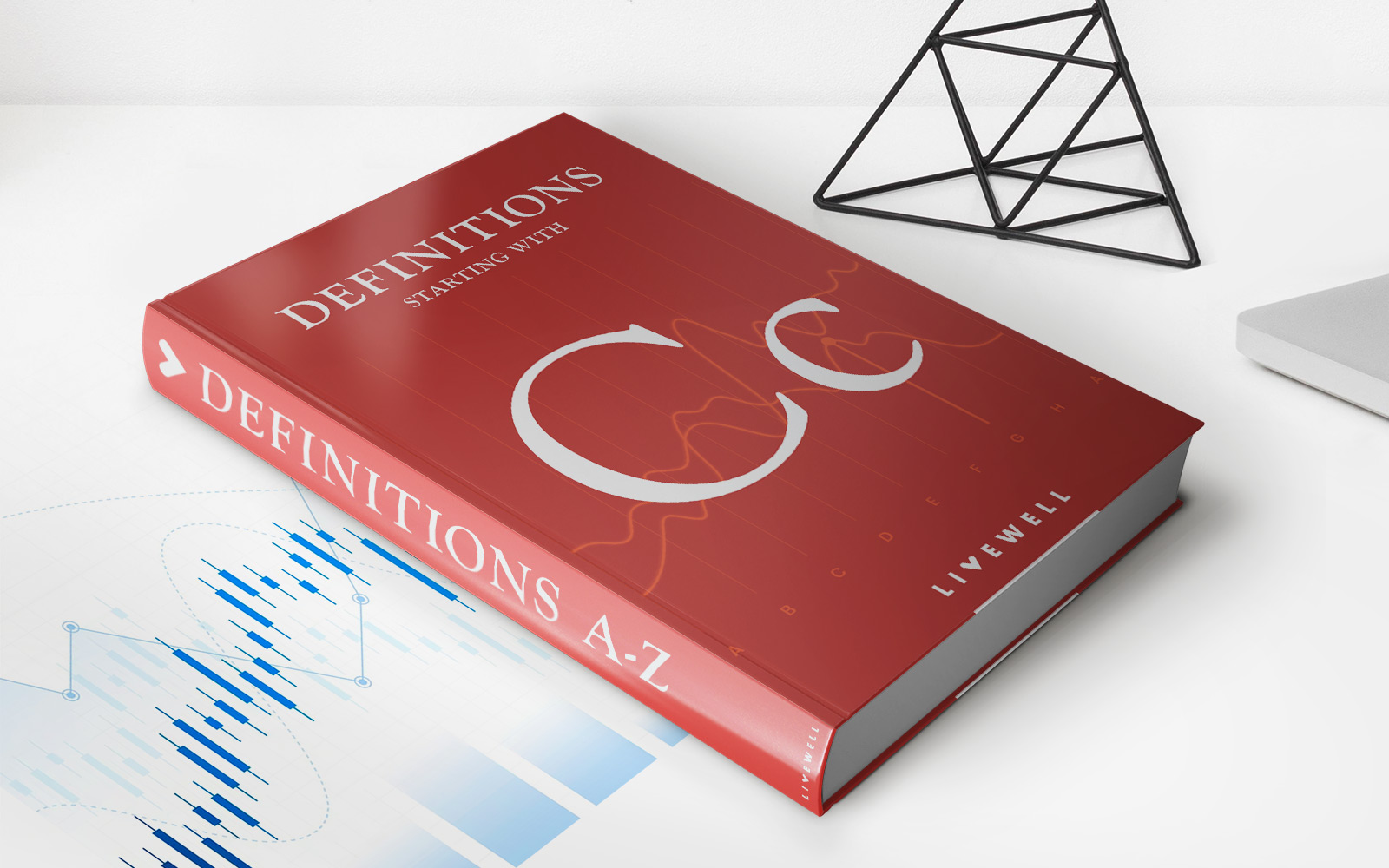Home>Finance>Initial Margin: Definition, Minimum Requirements, Example
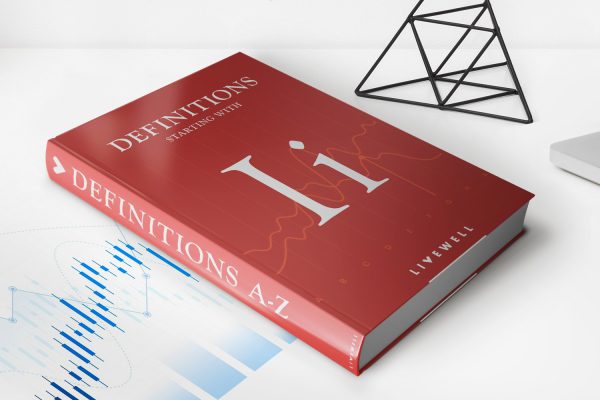
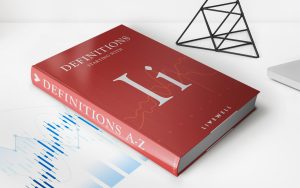
Finance
Initial Margin: Definition, Minimum Requirements, Example
Published: December 9, 2023
Learn about initial margin in finance, including its definition, minimum requirements, and an example. Discover how this concept is crucial in financial transactions.
(Many of the links in this article redirect to a specific reviewed product. Your purchase of these products through affiliate links helps to generate commission for LiveWell, at no extra cost. Learn more)
Initial Margin: Definition, Minimum Requirements, Example
Welcome to the “Finance” category on our blog! In this post, we’ll be diving into the intriguing world of initial margin. If you’ve ever wondered what initial margin is, what its minimum requirements are, or how it works with a practical example, you’ve come to the right place. So let’s jump right in and demystify the concept of initial margin!
Key Takeaways:
- Initial margin is the collateral required to open a position in a financial derivative.
- It acts as a buffer to protect against potential losses.
What is Initial Margin?
Initial margin is a term often used in the world of derivatives trading. When you open a position in a derivative, such as a futures contract or an options contract, you need to provide collateral – this collateral is what’s known as initial margin. It serves as a form of protection for the party on the other side of the trade against potential losses that may occur during the life of the contract.
Initial margin is set by exchange authorities or market regulators, and it represents a percentage of the total contract value. This percentage is determined based on various factors, including the volatility of the underlying asset, market conditions, and the specific requirements of the exchange or regulator.
What are the Minimum Requirements for Initial Margin?
The minimum requirements for initial margin can vary depending on the type of derivative being traded, the asset class involved, and the specific rules of the exchange or regulator. However, there are some general guidelines that apply in most cases. Here are a few key points to keep in mind:
- Initial margin is typically calculated as a percentage of the total contract value.
- The percentage required as initial margin can differ based on the liquidity and risk profile of the underlying asset.
- Higher volatility assets may require a larger initial margin to account for the potential price swings and associated risks.
- Different exchanges or regulators may have different minimum requirements, so it’s crucial to be aware of the specific rules of the market you’re trading in.
Example: Understanding Initial Margin in Practical Terms
Let’s imagine a scenario to help illustrate how initial margin works in practice. Say you’re an investor looking to trade a futures contract for crude oil, and the total contract value is $10,000. The exchange or regulator has set an initial margin requirement of 5%.
To open a position in this futures contract, you would need to provide $500 as collateral (5% of $10,000). This initial margin acts as a safeguard for the counterparty in case the value of the crude oil futures contract moves unfavorably against you.
If the market goes in your favor and the value of the futures contract increases, the initial margin may be returned to you, or you may be able to use it to open additional positions. However, if the market moves against you, and the value of the contract decreases, the initial margin will help cover the losses incurred by the counterparty.
Conclusion
Understanding initial margin is crucial for those involved in derivative trading. By providing collateral upfront, traders can safely participate in the market while minimizing potential risks. Remember, the minimum requirements for initial margin can vary depending on a variety of factors, so it’s important to be aware of the specific rules and guidelines set by the exchange or regulator.
We hope this post has shed some light on the concept of initial margin and how it operates. So go ahead, dive into the world of derivatives trading with confidence, armed with a solid understanding of initial margin!
